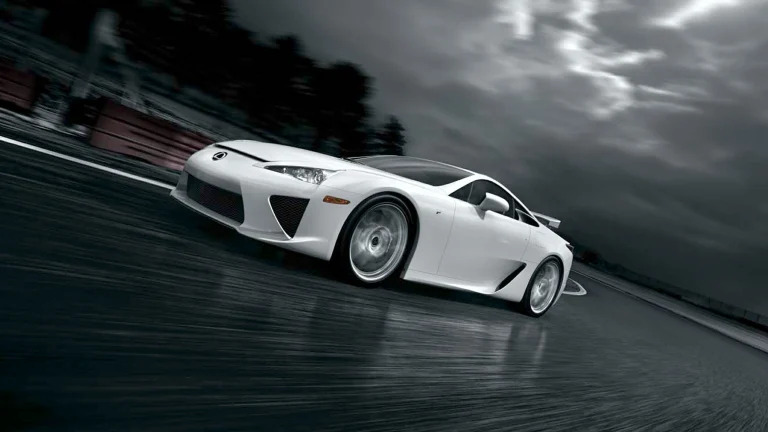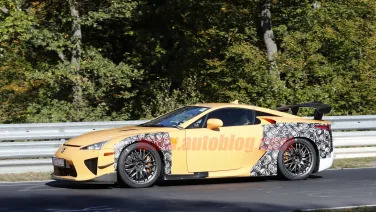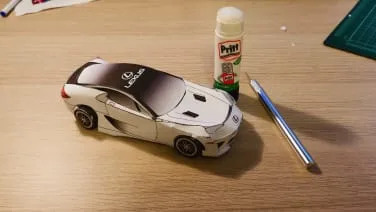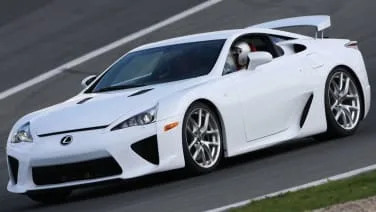2012 Lexus LFA
Lexus has been working on the Lexus LFA supercar for more than a decade. They even raced it in the Nurburgring 24-hour in 2008 and 2009. In some ways it's brilliant and in other ways curious. For starters, the heart of the matter, the V10 engine that was designed just for the LFA, is incredible. But who are they trying to kid? The second sentence of its introduction material says the LFA 'single-handedly creates new boundaries to redefine the supercar for the 21st century.' New boundaries in hype maybe. Compared to other supercars, stat-by-stat and dollar-for-dollar, the LFA comes up …
Full Review
Full Review
Lexus has been working on the Lexus LFA supercar for more than a decade. They even raced it in the Nurburgring 24-hour in 2008 and 2009. In some ways it's brilliant and in other ways curious. For starters, the heart of the matter, the V10 engine that was designed just for the LFA, is incredible.
But who are they trying to kid? The second sentence of its introduction material says the LFA 'single-handedly creates new boundaries to redefine the supercar for the 21st century.' New boundaries in hype maybe. Compared to other supercars, stat-by-stat and dollar-for-dollar, the LFA comes up …
Hide Full Review
Retail Price
$375,000 - $375,000
MSRP / Window Sticker Price
| Engine | 4.8L V-10 |
| MPG | Up to 11 city / 16 highway |
| Seating | 2 Passengers |
| Transmission | 6-spd auto-shift man w/OD |
| Power | 553 @ 8700 rpm |
| Drivetrain | rear-wheel |
| Curb Weight | 3,263 lbs |
Smart Buy Program is powered by 





